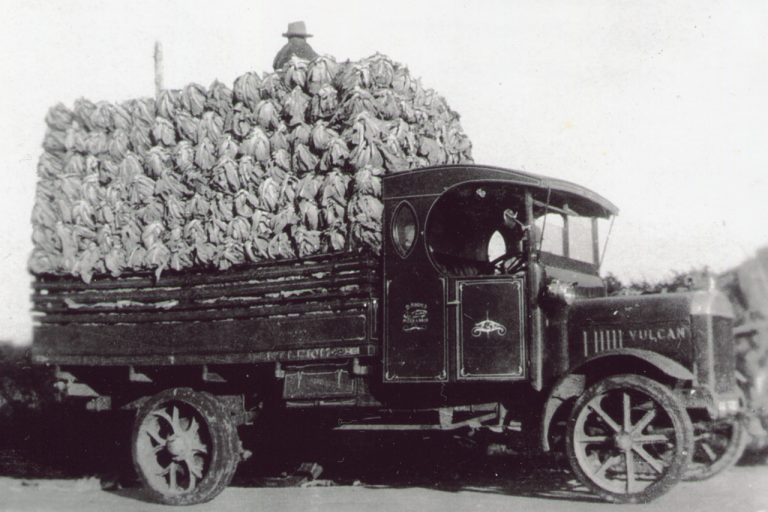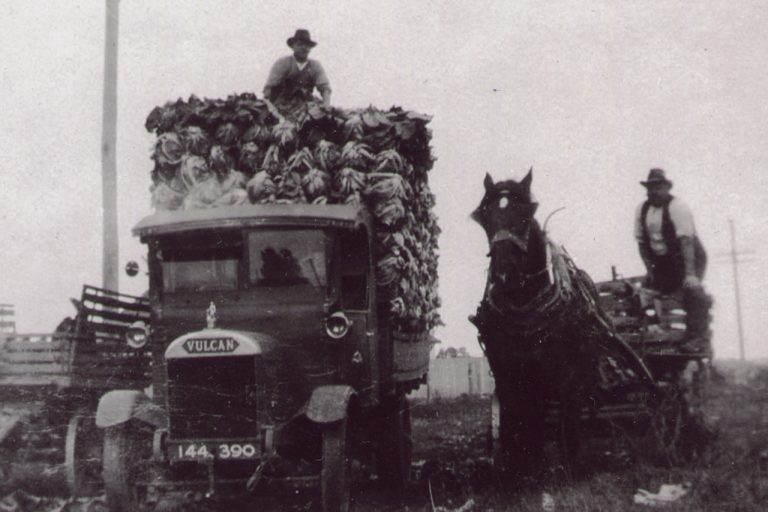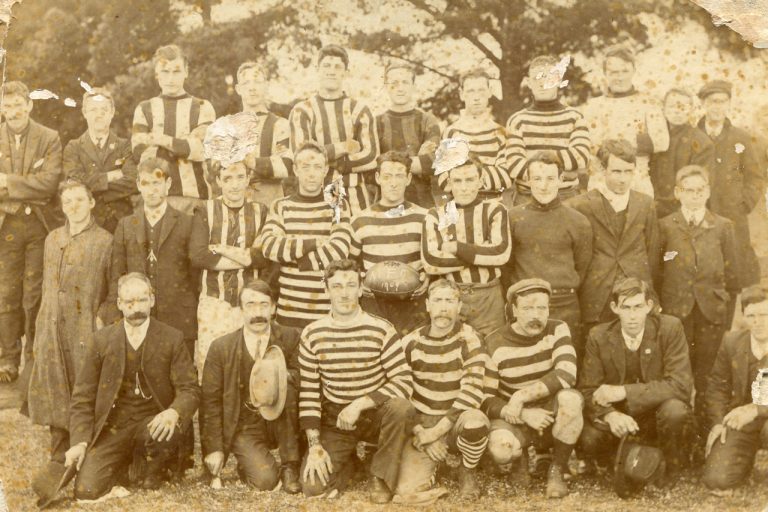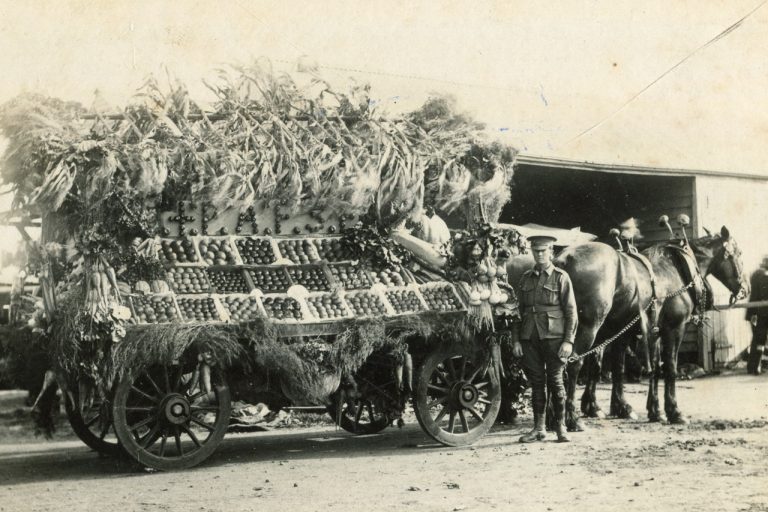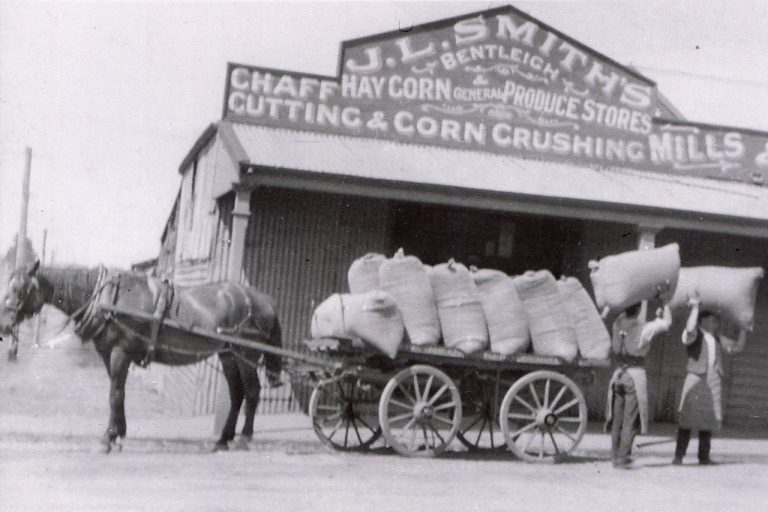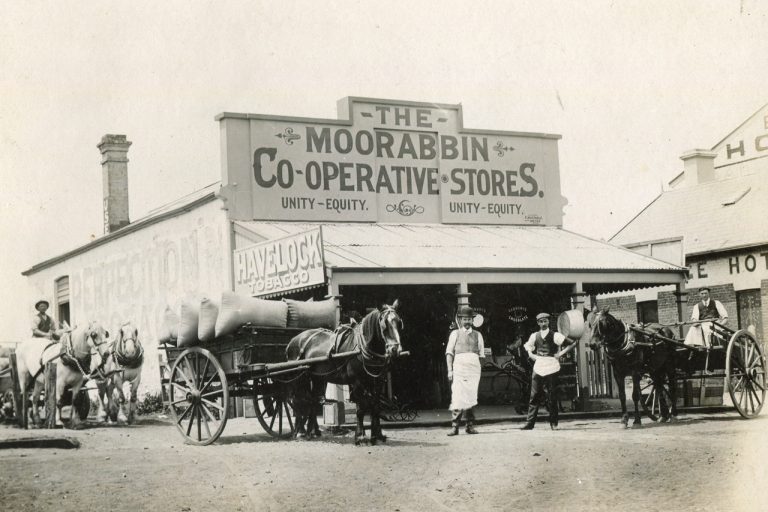Our Stories
City Of Moorabbin
The City of Moorabbin is on the land of the Bunurong / Boon Wurrung People. The Bunurong people were hunter-gathers, they used simple weapons (spears, boomerangs, stone axes etc) to kill animals, birds and fish. It was the men’s role to hunt, the women and children gathered nutritious plants, berries and dug for yams and other edible tubers.1
Moorabbin comes from the language of the Bunurong people and translates to ‘resting place’ or ‘mother’s milk’.
Before the Europeans began to settle in the area, the land was heavily timbered with she-oaks, red gum, wattle and honey suckle. Kangaroos, emus, native cats and wild dogs, along with a large population of snakes, copperheads, brown and black snakes thrived on this land.
The first European settlers in the Moorabbin area were the brothers John and Richard King (1846), they had pastoral runs. In the 1850’s the pastoral runs were subdivided, and Moorabbin grew as a farming and market area.
An excerpt from an article in “The Australian” 25 August 1906 described Moorabbin market gardens
Through the Market-Gardens, Moorabbin
The shire of Moorabbin, famed far and wide for its picturesque market-gardens, lies in a south-easterly direction from Melbourne. In order to form an idea of the vast extent of country under fruit and vegetable cultivation it is only necessary to take the train to Cheltenham, about 13 miles distant, and here you will be landed in the midst of undulating, loamy country, dotted here and there with pretty little homesteads surrounded by orchards and crops that denote industry and prosperity, and which are a credit to their owners.2
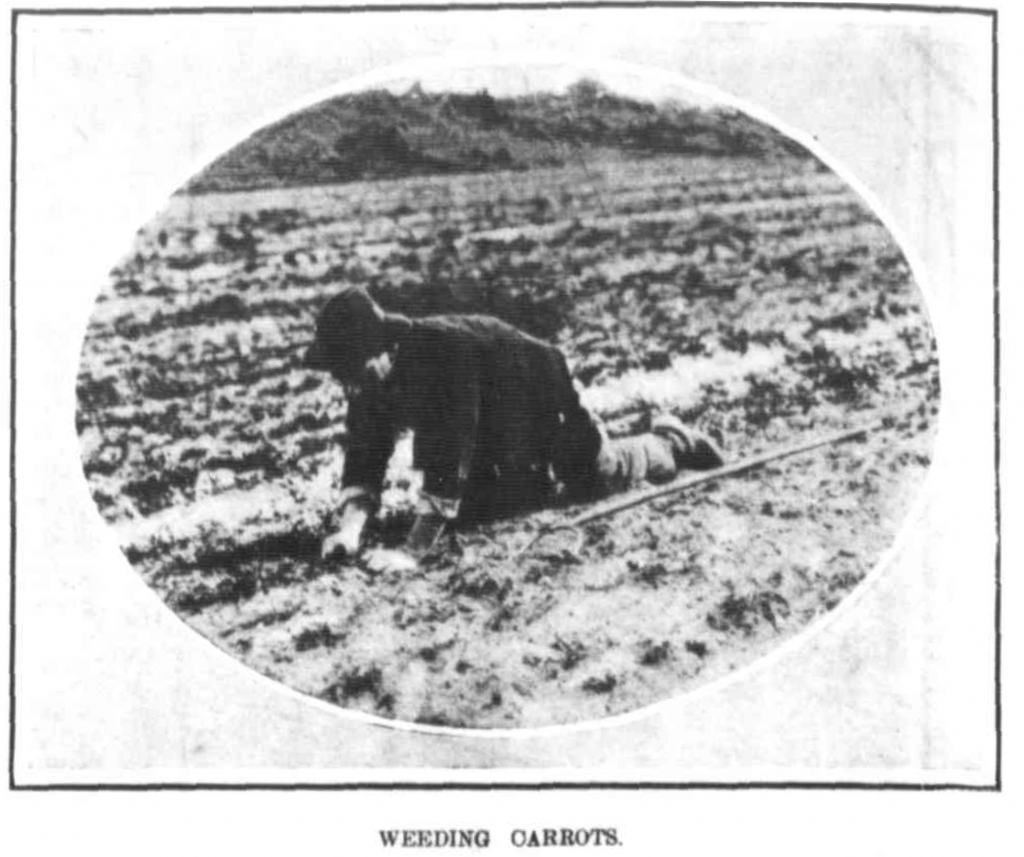
Road Board District to Shire
In May 1862 the Moorabbin district, which included Sandringham, Mentone and Mordialloc was made a Road Board District and on 27 January 1871 it was made a shire.
Moorabbin Proclaimed a City
On 29 November 1934 Moorabbin was proclaimed a City. The city consisted of an area of nineteen and a quarter square miles with a population with a population of about 20,000. There were about 5,000 dwellings and its valuation was in the vicinty of £300,000. There were 7500 ratepayers, and the hire office dealt with about 18,000 assessments a year. It’s annual revenue was about £70,000. Bentleigh, Cheltenham, Clarinda, Heatherton, Highett, McKinnon, Moorabbin and part of Ormond were in the cities boundaries.3 4
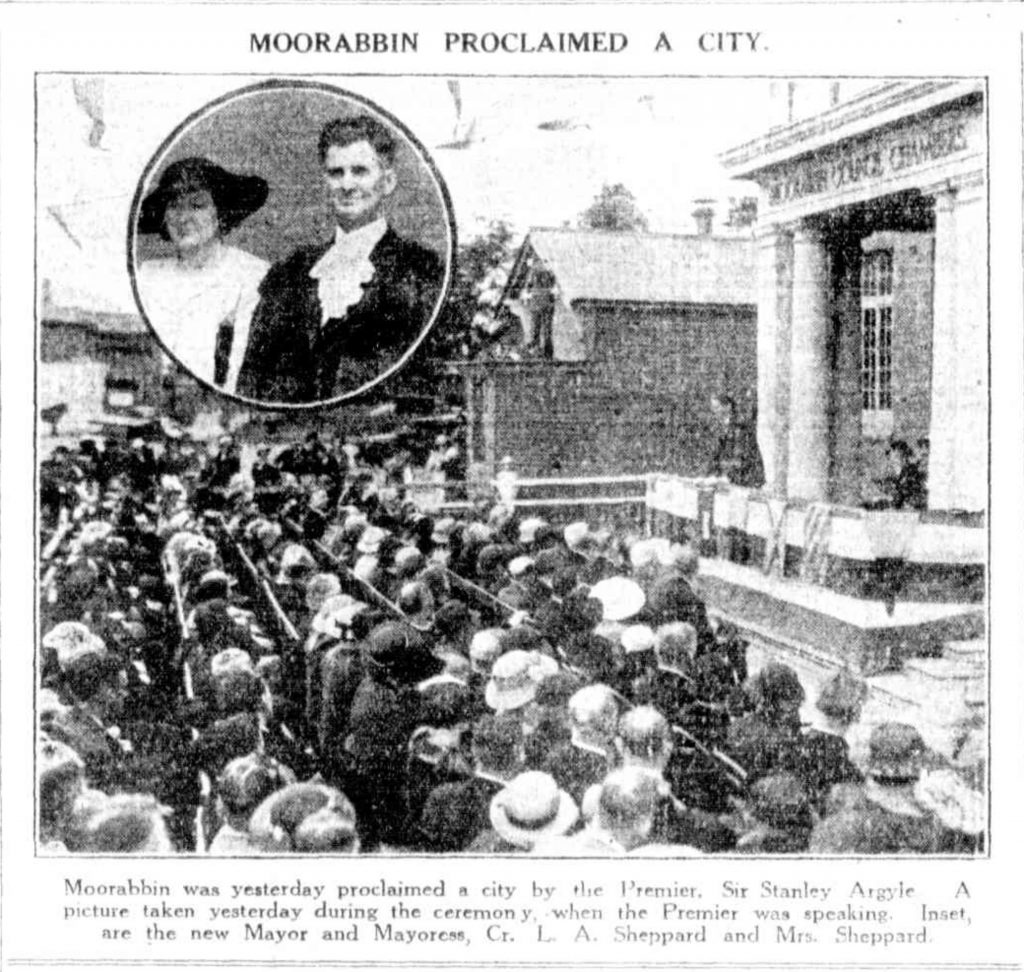
City of Moorabbin Abolished
On 15 December 1994, the City of Moorabbin was abolished, and was split three ways; Bentleigh was transferred into the newly created City of Glen Eira along with the City of Caulfield; Cheltenham was transferred to the newly created City of Bayside, along with the Cities of Brighton and Sandringham; while the bulk of the city merged with the Cities of Mordialloc, Chelsea and parts of Springvale, to become the newly created City of Kingston.
Further Reading
- The Tragedy of the Bunurong People: The Mordialloc Connection hhttps://localhistory.kingston.vic.gov.au/articles/499
- The Australian (Melbourne, Vic) 25 August 1906: p30 http://nla.gov.au/nla.news-article20553page11435807
- “IN THE SUBURBS” The Age (Melbourne, Vic) 20 July 1934 p7 http://nla.gov.au/nla.news-article205537795
- “MOORABBIN PROCLAIMED A CITY” The Age (Melbourne, Vic) 30 Nov 1934: p13 https://trove.nla.gov.au/newspaper/article/205074709
